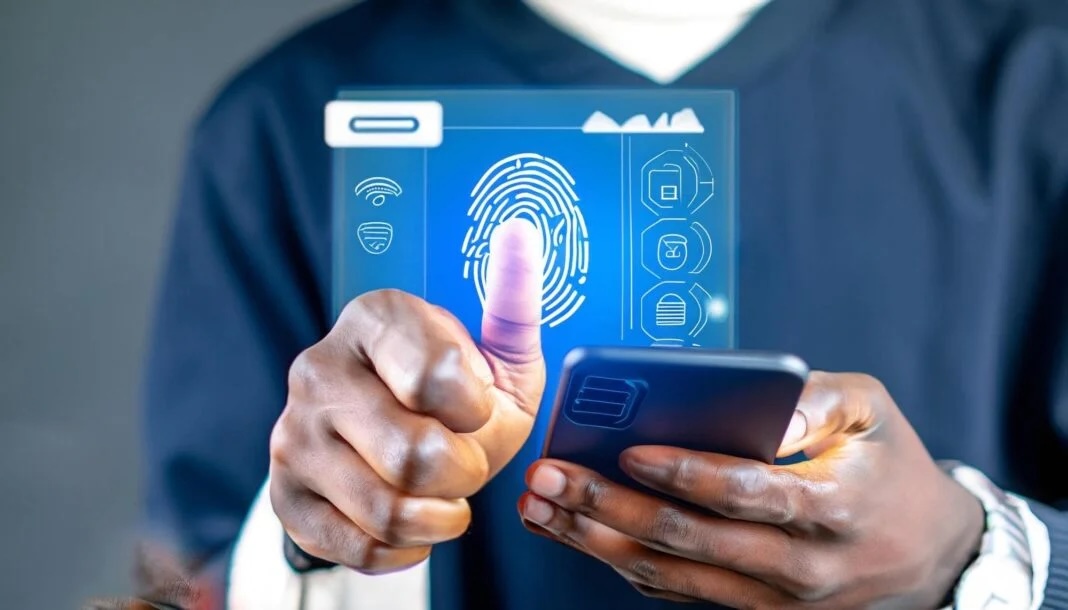How Secure Is Your Phone’s Biometric Lock? The Real Spoofing Risk Explained

When they’re implemented well, today’s fingerprint and face unlock systems deliver serious protection with far less friction than a PIN or password. Biometric security isn’t one-size-fits-all, though—its strength depends on the sensors, the software, and the way manufacturers store and process your data. Some approaches are extremely resistant to spoofing; others, less so.
Biometrics vs. passwords: the core difference
Traditional logins rely on something you know; biometrics rely on something you are. A fingerprint reader samples the ridges and valleys of your fingertip, while face unlock builds a map of your facial features. You can forget a PIN. You can’t forget your face.
| Authentication Type | Based On | Key Advantages | Main Limitations |
|---|---|---|---|
| Password / PIN | Something you know | Easy to change if compromised | Can be guessed, phished, reused, or leaked |
| Biometrics | Something you are | No reuse, hard to share or “guess” | Not easily changed if the template leaks |
Biometrics also curb common password sins—reuse, weak combos, sticky notes—by removing memory from the equation. The trade-off: if your biometric template were ever compromised, you can’t “reset” your fingertip.
How secure is fingerprint unlock in practice?
Modern readers typically quote false acceptance rates (FAR) below 1 in 50,000, making casual or opportunistic breaches unlikely. Crucially, phones don’t store fingerprint photos. They store encrypted mathematical templates of minutiae points inside a secure hardware enclave; those templates can’t be reverse-engineered into a usable print.
Scanner types matter:
-
Optical: budget-friendly, but easier to spoof with high-quality images or overlays.
-
Capacitive: common in mid-rangers; good balance of speed and security.
-
Ultrasonic (in-display): premium tier; 3D sensing through the skin with potential blood-flow/liveness checks and better spoof resistance.
Face unlock: the implementation is everything
“Face unlock” ranges from basic camera checks to sophisticated depth-sensing systems. Security scales with the hardware.
| Face Unlock Type | Tech Used | Security Level | Spoofing Resistance |
|---|---|---|---|
| 2D camera-based | Standard selfie camera | Low–Medium | Vulnerable to photos/videos |
| 3D depth mapping | IR projector + IR camera + dot array | High | Resists flat images and simple masks |
| Advanced 3D stacks | Multiple sensors + dedicated AI/LiDAR | Very High | Comparable to top fingerprint readers |
Depth-sensing systems create a 3D facial model, work in the dark via infrared, and adapt to gradual appearance changes. Limitations remain: poor lighting for 2D solutions, accessories (sunglasses/masks), and weaker implementations on entry-level devices. Privacy is another consideration—facial data must remain encrypted and local.
Can fakes beat biometric?
Top-tier systems layer in liveness detection to confirm there’s a real, living user:
-
Fingerprint: blood-flow/temperature cues; sub-surface sensing.
-
Face: micro-movement, 3D depth, IR patterns, and anti-spoofing AI.
-
Additional checks: pulse/heat signatures and texture analysis.
Creating a convincing fake fingerprint or high-fidelity mask is non-trivial, time-consuming, and expensive—and even then, modern anti-spoofing often catches inconsistencies.
Choosing the right unlock method (and when to stack them)
Maximum security is rarely about one lock—it’s about layers. Use your best biometric for daily unlocks, then require extra verification for payments or sensitive apps.
| Security Need | Recommended Setup | Extra Measures |
|---|---|---|
| Everyday safety | Any modern biometric + strong 6-digit PIN | Keep OS/apps updated regularly |
| High security | Ultrasonic fingerprint or 3D face unlock | App-level 2FA, encrypted backups |
| Maximum | Multiple biometrics + long alphanumeric passcode | Per-app locks, secure folder/VAULT, hardware keys where supported |
Context matters:
-
In public, a fingerprint can be more discreet than raising your phone to your face.
-
Hands-busy or masked? 3D face unlock wins on convenience.
-
Power users and higher-risk profiles should pick devices with ultrasonic readers or advanced 3D face stacks—and enable per-transaction confirmation for wallets and password managers.
Bottom line
Well-implemented biometrics exceed the real-world security of most passwords while being far faster to use. For the best balance of safety and sanity, enable the strongest biometric your phone supports, keep a complex backup PIN/password, and turn on additional checks for payments and confidential apps. That gets you convenience day-to-day without gambling on your most sensitive data.




